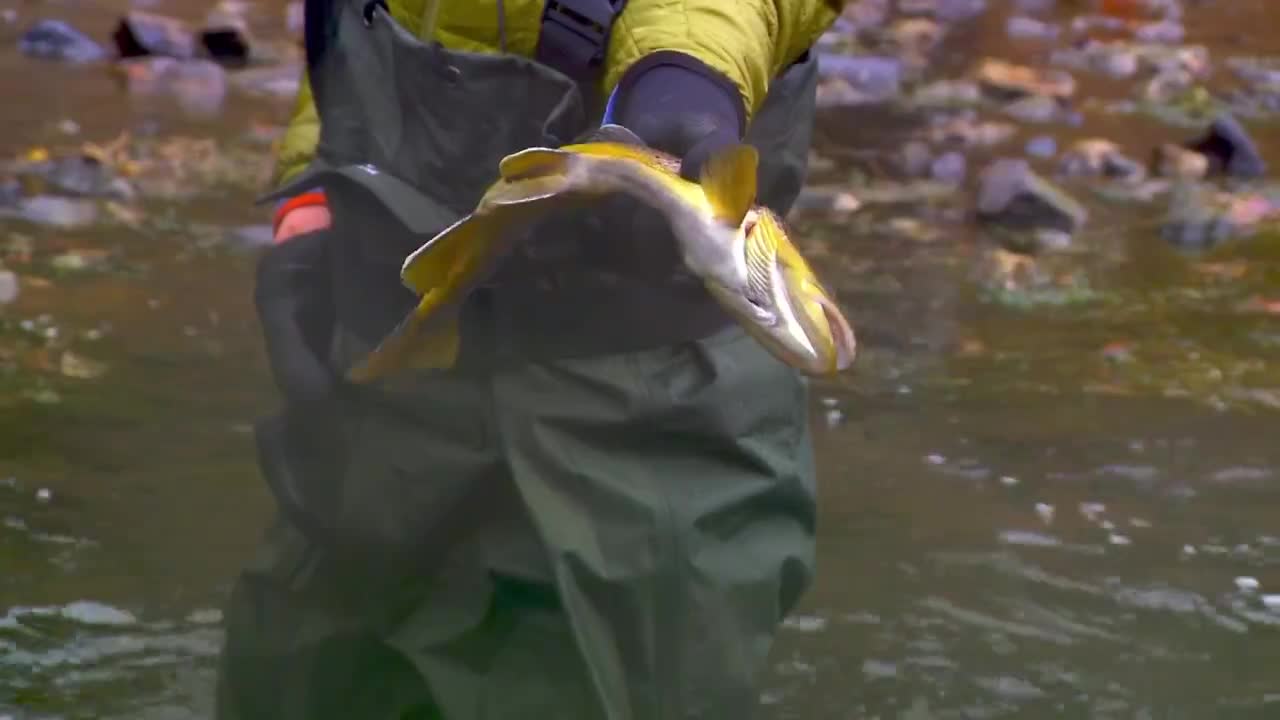PROVO, Utah — One of the best things about the state of Utah is our local waterways. To keep those waterways healthy and protected, biologists with the state Division of Wildlife Resources have to catch fish and survey them.
However, the process of how the experts capture the fish could come as a shock to some, including the fish.
FOX 13 News' Madi Baggett went down to the Lower Provo River to spend time with some DWR biologists as they used electricity to stun and collect the fish. "We're using electricity," explained Mike Slater, the aquatics manager for DWR. "Very small amount that allows us to stun the fish long enough for us to net them, put them in some live wells or some other buckets of water, until we're ready to weigh and measure the fish."
Slater, along with a couple of volunteers and biologists, spent the week conducting several rounds of the survey. The team uses 3 electrically charged nets that are attached to a power source on a raft.
As the fish start to float, volunteers collect them with nets and then transfer them to buckets. From there, the size, weight, and species of the fish are all recorded.
Crews observe what is in the river and look for changes from the last survey. Native species of fish in the Provo River include Mountain Whitefish, Cutthroat Trout, and Sculpin.
Seeing multiple species helps experts gauge the overall health of the water system. For the Provo River, its metrics have consistently ranked it among the West's top blue ribbon fisheries.
Those blue ribbon designations are determined based on population, size, and public access to the water. "To make it a blue ribbon fishery, a lot of states, surrounding states, including ourselves, we like to see about 600 pounds of fish per mile," Slater explained.
In previous surveys, biologists have counted 4,000 to 5,000 fish per mile of the river. Early impressions from this year's survey suggest the number could be even higher.
Typically, the surveys are done every 3 to 5 years to ensure the river's blue ribbon status. Because of the Provo River's significance to the state, it is sampled more often than other streams or lakes.
"It's important to anglers," Slater stated. "It's so close to so many people and it gets fished very, very heavily."




